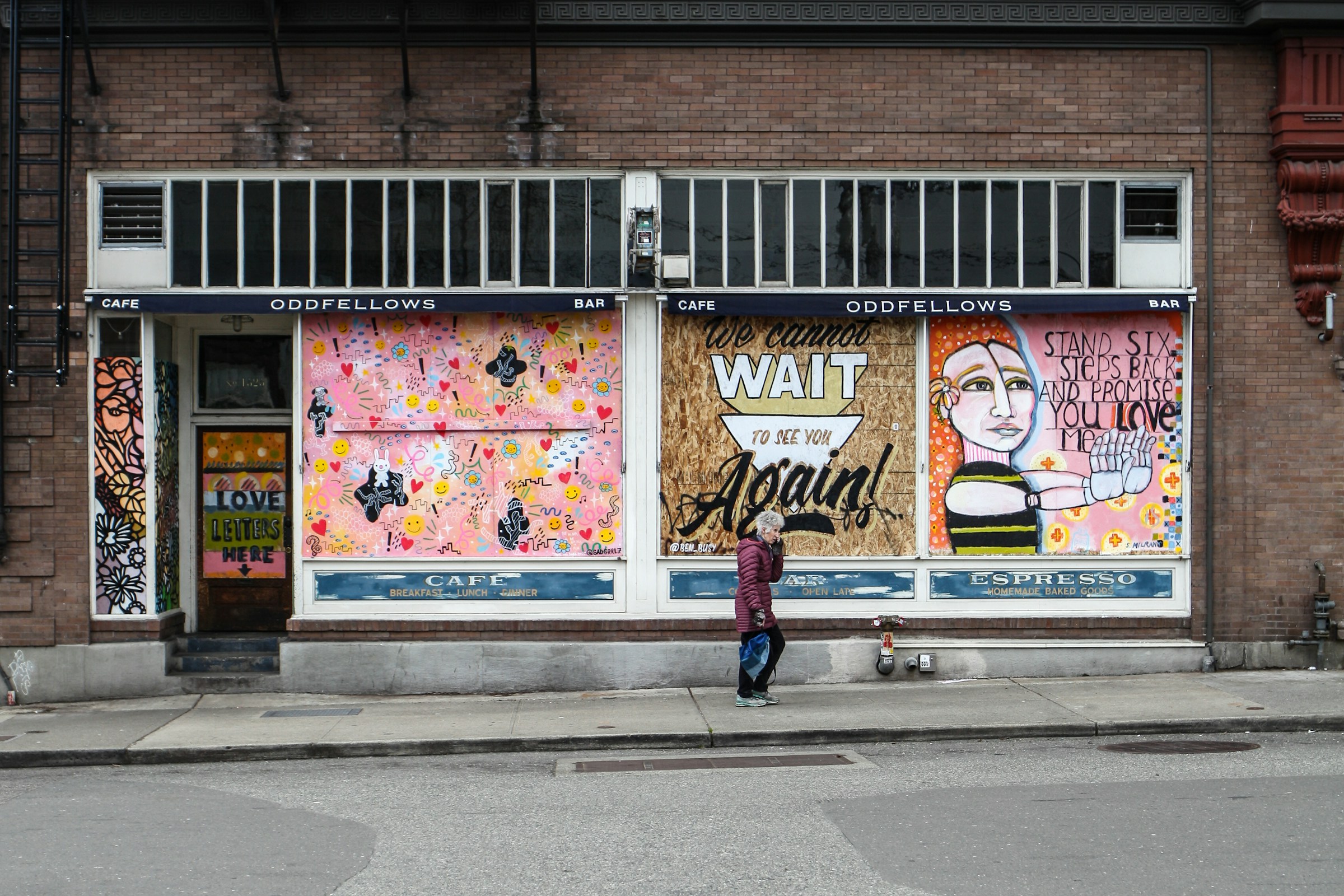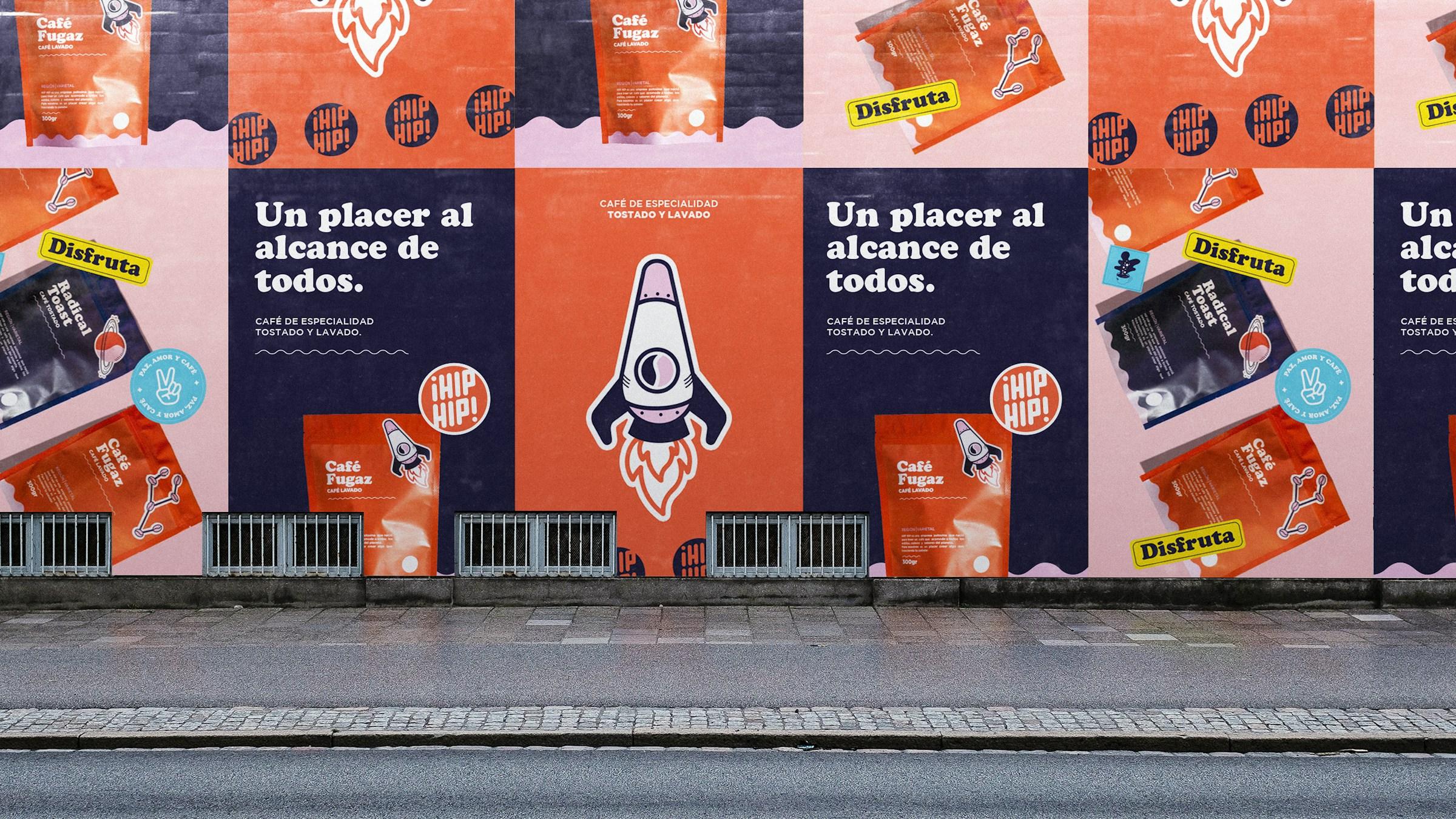Your brand does not lose ground because a competitor posts more often. It loses ground because entire customer segments do not see themselves in your story, and your systems do not notice the absence. That is not a soft problem about feelings. It is a hard execution problem with revenue at stake. A team can hire a brilliant growth lead and still stall if the inputs are wrong. When reach looks flat across channels, the root cause is often simple. The people at the table do not reflect the people they are trying to reach. That gap quietly corrupts targeting, creative, and feedback loops. The result appears as weak conversion in audience pockets that should be easy wins. The pattern repeats. A campaign underperforms among groups that never saw themselves in the work, the team labels those groups low potential, and the roadmap doubles down on a narrow customer. Costs climb, the total addressable market shrinks, and leadership mistakes comfort for focus.
The first break happens before the camera turns on or the media plan is drafted. It happens in the brief. A brief that imagines a single default user narrows strategy before the first storyboard exists. Messaging is written to satisfy that default. Casting and imagery follow the same line. Even if the media buy is precise, creative that reads as coded for someone else gets scrolled past. The spend did its job. The story did not. Teams then retreat to the numbers for clarity and assurance, but the numbers are not neutral. Measurement plans that fail to segment by identities and contexts that shape purchase decisions will confirm the bias baked into the creative. A dashboard that lumps everyone together hides the reality that a segment never had an honest shot. An attribution model that undervalues channels where underrepresented users engage will punish the very lanes that could unlock growth. Finance asks for cuts in those channels, and the team applauds discipline while amputating future revenue.
A second loop forms inside the company itself. Homogeneous teams tend to hire in their own image and then conclude that the pipeline is the problem. In most cases the supply exists. The system is misconfigured. Job descriptions lean on pedigree proxies that have little to do with the skill of understanding communities the company has not served. Interview panels that do not know how to evaluate community expertise treat it as a bonus rather than a core capability. Soon every brainstorm yields the same three lines and the same three reference campaigns. The company thinks it has a creativity gap. It has a perspective gap that compounds with each cycle of hiring and review.
Representation is therefore an operations issue. It can be architected the way you architect a sales process, an onboarding plan, or a compliance program. Start with inputs. If the people who shape research, write the brief, and approve creative do not include the audience you want to win, you are guessing. Expand the group that reads raw qual and listens to interviews. Put the work in front of people who live the nuance rather than people who learned it secondhand. The goal is not to outsource taste. The goal is to surface blind spots before they harden into spend.
Process is the next lever. A strong process forces reality into the room on a predictable cadence. Make it mandatory for every brief to name who is excluded by the current default and why. Require that early creative reviews include representatives of those users, not just at the final cut but at the messy draft stage when the team is still willing to make changes. If your agency cannot put diverse decision makers in those rooms, it is the wrong agency. If your in house team is not equipped, your hiring spec and training plan need to change. That is not a culture poster. That is risk management for the funnel.
Output is where many teams try to solve the problem with casting alone. Casting helps but it is not the system. The system is the translation of voice, context, and stakes into work that feels built for someone specific. Vocabulary matters. Humor matters. Scenarios matter. When the right story meets the right audience, the lift is obvious in simple signals. Short video completion rates climb. Save, share, and replay behavior rises. Assisted conversion from channels that used to underindex begins to move. The numbers shift because the audience recognizes itself and cares.
Feedback closes the loop. A post campaign review that does not include a representation audit cannot teach the team what worked and what missed. Build a routine that evaluates who was centered in the story, who was present but silent, who was implied only through context, and who was absent. Tie those findings to performance by segment and channel. Put that page next to ROAS and CAC in the review deck. The conversation moves from taste to economics, which is where leaders can make clean decisions without getting bogged down in personal preference.
Several false signals keep teams stuck. Broad creative feels safe because it does not offend. It also fails to convert. Precision wins because specificity creates memory, and memory drives preference. Another myth is that representation will dilute the brand. The opposite is more common. Specificity sharpens edges. Edges create recall. A third trap is the timing excuse. Teams promise to fix representation once the next round closes, or after the rebrand, or after the quarter settles. Delay keeps the funnel narrow while burn continues. You do not need a rebrand to stop ignoring your buyer. You need a decision and the will to protect calendar time for a different process.
There is a recruiting dividend for teams that take this seriously. Public work that reads as aware attracts operators who have actually built in markets you have not served. They are more likely to see a place where their perspective will be valued rather than tolerated. That improves hiring math and improves retention. People stay longer where they do not have to translate themselves every day. Institutional knowledge compounds. Systems debt falls. The company spends less time replacing talent and more time compounding what it already knows.
Governance matters as well, especially for brands that sell across cultures and jurisdictions. Representation links directly to regulatory and reputational risk. Campaigns that flatten nuance can cross lines you never intended to approach. Apology tours burn cash and executive focus. A review process that includes real representation is cheaper than crisis communications and is more reliable than hoping to catch an issue at the eleventh hour.
Early stage teams often ask how to start without ballooning headcount. Begin by shifting ownership, not just adding roles. Give one leader a clear mandate and veto power when the work reads false. Place that authority on the calendar, not just on a slide. If campaigns go out without that sign off, the problem is not culture, it is structure. Fix the structure. Partner with creators and micro publishers who already serve the communities you need. Pay like a partner, not like an afterthought. Bring them into the brief cycle so their insights shape the work before it is locked.
Measurement can improve in a single quarter. Rebuild dashboards so identity based segments are first class, not optional filters. Make the default view the one that shows where you fail, not the one that hides the issue in an aggregate. Tie weekly growth reviews to repeat value creation by segment and to the unit cost of creating that value. When those two numbers are visible, excuses shrink. The team can see which messages pay for themselves and which messages burn cash on people who were never spoken to.
The commercial signals are easy to spot once you look for them. Underrepresentation shows up as higher acquisition costs in segments that should be cheaper, as weaker retention among customers who never felt seen after the sale, and as slower referral flywheels in communities where word of mouth could carry you farther than paid ever will. The fix is not charity. It is craft. Put the right people in the room. Write better briefs. Build creative that respects the audience’s reality. Measure the work in a way that makes the truth obvious. Keep the loop tight and keep it humane.
If you want a practical move you can make before the next quarter locks, choose one core product line and design the full funnel for a customer you have historically ignored. Start with research. Bring in operators who know that customer well. Let them influence targeting, copy, and channel mix. Ship a coherent test. Measure it honestly. If it outperforms your default, scale the logic. If it does not, the learning will still outpace months of broad creative that tries to be for everyone and lands with no one.
Brands rarely lose because they lack volume. They lose because they stack volume on top of a narrow story. Fix the story by building real representation into the system and the machine begins to compound. Growth follows the respect you show the audience. If you cannot see them, they cannot see you.







.jpg&w=3840&q=75)





.jpg&w=3840&q=75)
